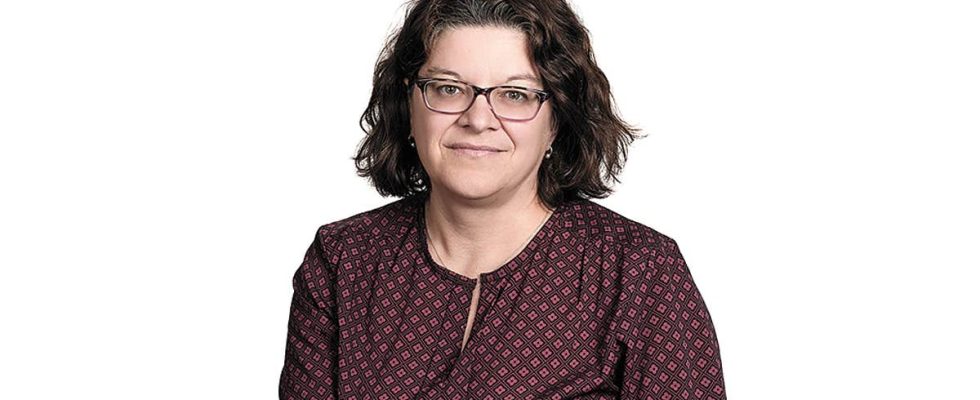The education dashboard unveiled this week by the Minister of Education, Bernard Drainville, is timely. It relieves some of the immense need to know exactly what is happening in real time in the approximately 3,000 schools in Quebec. In addition to lifting the fog on certain key education indicators, it gives pride of place to student success. This is where his focus must indeed be.
Since his arrival at the head of Education in October 2022, Minister Drainville has never hidden his astonishment or his exasperation in the face of the immense challenge represented by the mere fact of finding answers to seemingly simple questions. : how many classes do not meet air quality criteria, how many students are at risk of academic failure? He said he found himself having to go around the 72 school service centers “by hand” to find out how many teachers were missing during the last school year. This response can now be found under the “School Personnel” tab of the Education Dashboard.
We can only applaud this initiative which responds to a real problem of transparency, experienced not only by the minister, but also by all those interested in education, from school staff to parents, including researchers. . The education dashboard, however, remains a tool, not a destination; it is the use that we make of this data or the actions that it will order that will allow us to judge its future success. As we have seen in health, where such a concentration of indicators also exists, the data are not the whole story, because it is often what is hidden behind them that testifies to the real problems experienced by the systems. For example, we can argue that the number of orphan patients has indeed decreased in Quebec, but does the data showing the number of patients having access to a family doctor reflect the obstacle course that still constitutes, for citizens, making an appointment with said doctor? No, the dashboard doesn’t say a word about it, but in terms of numbers, everything is working. In short, these indicators show a trend, but they do not tell the whole story.
In terms of good news, let’s also highlight the fact that the dashboard dives where it needs to: not only in data concerning staff shortages or air quality in schools, but directly at the heart of success , with figures that bear witness to harsh realities, such as the still worrying achievement gaps between girls and boys, or the drop in the secondary school graduation rate after five years. This is valuable data which, according to the minister, will be collected in real time to enable support actions where it is needed, when it is needed. This theoretical plan would hold up better, of course, if human resources were not so lacking, but the intention is excellent.
Champion of efficiency like his boss, Prime Minister François Legault, Bernard Drainville let slip this week that he is considering the possibility of pushing the exercise further by adding a touch of “public school rankings” to his table of results. edge. The idea, which is only at this stage, quickly provoked a reaction from the detractors of the rankings, allergic to the idea of ranking schools from best to worst. This debate is nothing new. In the early 2000s, the Secondary School Report Cardpublished by News and designed by researchers from the Montreal Economic Institute and the Fraser Institute, set Quebec abuzz every fall. There were, on the one hand, feverish parents who were hunting for the best establishments armed with this tool and, on the other, the unions, the ministry and the school boards outraged to see a list designed on an unfair basis become also popular. Today, Quebecor newspapers continue to publish a school bulletin designed by the Fraser Institute.
There are indeed sad limits to comparing schools from advantaged areas to their neighbors from poorer neighborhoods, when we know that the socio-economic index has a significant impact on success. The rankings of the past, which compared private schools and public schools, gave year after year the first 75 places of their 450 boxes to private or public establishments with an international component.
If Bernard Drainville’s idea is to classify schools to examine the recipes of those who perform small miracles in adversity, then so be it, why not, especially if the operation does not set aside an issue as important as ‘equal opportunities. Isn’t the real added value of a school hidden where valiant teams manage to achieve success despite their particular challenges?
